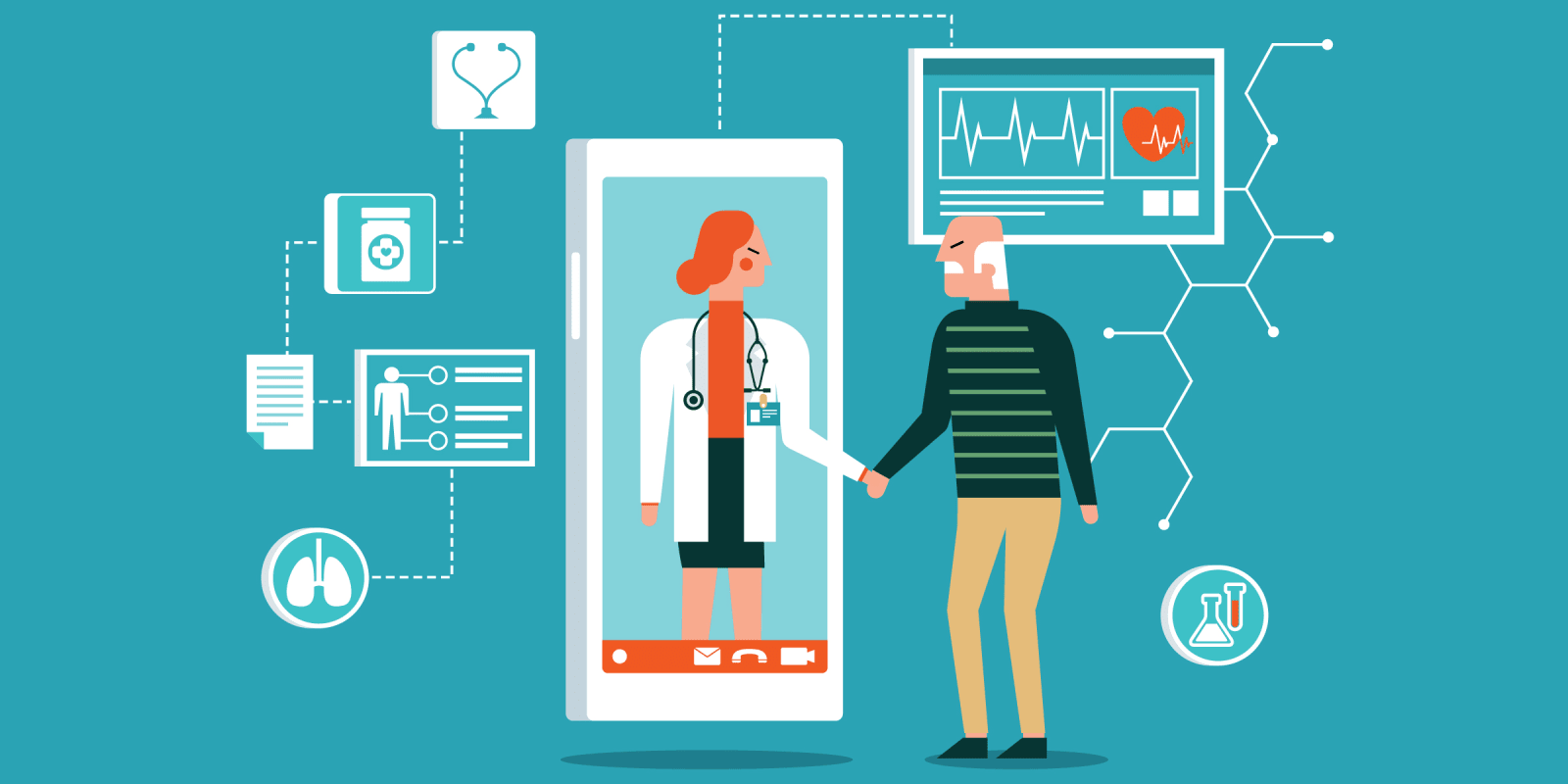In the summer of 2014, my division chief approached me about a new opportunity. He asked if I wanted to become involved in our rheumatology telemedicine program because there was a tremendous need to grow the program. At that point, only one other provider (one of my colleagues) was providing rheumatology care through telemedicine on a limited basis. My interest was piqued right from the start, being aware of the critical need for academic rheumatology care in rural areas in my home state of Pennsylvania. I grew up in a small town, known for the soothing voice of Perry Como. Having attended a liberal arts college in a small town just south of Erie (Allegheny College) and subsequently attending medical school in a small town where the air does really smell like chocolate (The Pennsylvania State Medical School in Hershey PA), I had the perspective of small town life and understood the gaps in medical care and burden of traveling a long distance for a doctor’s appointment. I left the small-town atmosphere for my residency training and traded a chocolate factory for Fenway Park, home of the Boston Red Sox. After residency, it was important for me to return to my home state, so the pull of Pittsburgh brought me back for my rheumatology fellowship training and current position at the University of Pittsburgh Medical Center.
Ater I agreed to help grow our rheumatology telemedicine program, my division chief and administration outlined our program and how patients would be seen virtually at various teleconsult centers located in rural areas of western and northwestern PA. I was quickly immersed in the program and began telemedicine visits at three different locations. I realized the tremendous support that was already in place for making the program a success; I just had to provide the much-needed care in a new way. I began to develop a regular relationship with all the staff members at the teleconsult centers, including the telepresenting RNs. We discussed rheumatology histories, review of systems, and the physical exam. We began outreach to the community to educate referring providers about our program and services we offered. With each visit, I developed my “computer-side” manner and immersed myself in patient care. The program grew rapidly and my schedule filled. I became savvy with the audio-visual interface that we used for telerheumatology visits along with the various cameras and the Bluetooth stethoscope application. A regular rhythm developed between myself and each telepresenting RN, with the physical exam routine being honed and repeated to the point that each of them knew the order in which I listened to the lung sounds.
A few weeks into providing rheumatology care through telemedicine, I began to think about the remote doctor-patient relationship. One of the aspects that drew me to rheumatology was the continuity of care for rheumatology patients with chronic systemic diseases, such as rheumatoid arthritis. I asked myself fundamental questions. Could I develop and sustain a trusted doctor-patient relationship with a patient who was at least 100 miles away from me through a video camera and speaker? Would the patient feel I was really listening to them and providing the best care possible over a long distance? Could we not only discuss their joint pain but also their new grandchild? I immediately thought about all of my medical training throughout medical school, residency, and fellowship. I was privileged to have several mentors who not only taught me the pathophysiology of systemic lupus erythematosus but also instilled in me the importance of the physical exam, “the laying of the hands” on the patient. I often asked myself what those same mentors would say in response to providing care through telemedicine. Was the virtual connection I strove for during each patient visit possible or would I have to accept a different kind of doctor-patient relationship?
After more than six years of providing rheumatology care through telemedicine, I now know that it IS possible to achieve a satisfying and profound doctor-patient relationship virtually. A patient comment from her after visit survey illustrates this point: “I feel even though she is not in the room with me personally that I could not have a better or more complete exam from her or her nurse.” Not only do patients feel they have had a thorough visit, but I can also develop a longstanding relationship. A typical follow-up patient visit will include an update regarding his or her joint pain but we also discuss hobbies, new additions to the family, and sports (our patients know how much I love discussing our Pittsburgh Penguins and Steelers). Even though I am not in the room with them (and I have not met most of my patients in-person), I continue to foster a genuine doctor-patient relationship.
During our recently concluded annual American College of Rheumatology meeting (all virtual), I (along with a colleague) delivered a presentation on telerheumatology, including through the lens of the ongoing and devastating COVID-19 pandemic. Telemedicine was thrust into the spotlight in many ways across primary care and the medical specialties. The pandemic has only strengthened the now necessary and critical virtual connection with our patients, along with our families, friends, and members of our communities. Embracing the virtual connection with our patients will allow us to push through this pandemic and emerge stronger at the end. As all of us are in the trenches of telephone appointments and video visits from home, I realize the importance of that virtual connection to a patient 100 miles or more away from the computer sitting on my desk.







